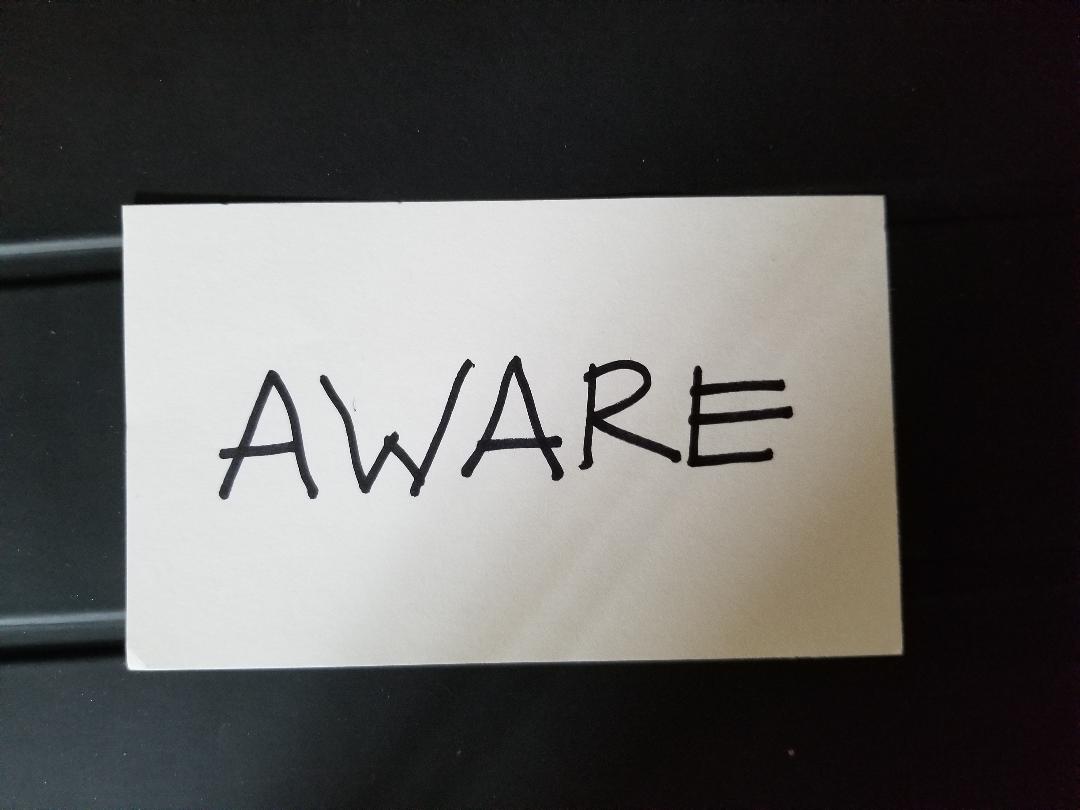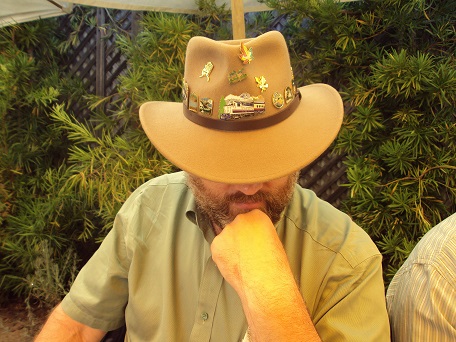There are times that anyone may experience anxiety. Before making a life changing decision, taking an important test or upon hearing unexpected news. Usually, those feelings pass, they are temporary. However, for the person diagnosed with Anxiety Disorder it can build and continue until it interferes with daily activities.

While I don’t diagnose, I frequently get referrals from doctors who have patients with Anxiety Disorder that are looking for relief. Hypnosis has proven to be very effective in helping reduce the stress levels and help to reset thoughts. I often record the trance portion of our session to help my client reinforce the new feelings after we have met.
I am always looking for new tools to help in the diminishing of stress and anxiety. So, much to my delight a new tool found a way into my toolbox and I really want to share it. I asked a beautiful young friend of mine who deals with anxiety to give me 3 words for it. She instantly responded with suffocating, tense and nervous. What she didn’t know was, she was already using the first step of the new tool. She has used some of the other steps as well in the past. This is simply a lovely way to put them into a quick simple practice.
Right now, if you are suffering from anxiety, pull out an index card and write the word AWARE on it. Aware is an acronym for Accept, Watch, Act Normal, Repeat and Expect. Allow me to explain.
Accept: accept that you are feeling the anxiety and go a step further to name it. Yes, use as many creative words as you can to give it a name. According to a 2015 study1 putting feelings into words can reduce the physiological symptoms of anxiety.
Watch: watch the anxiety. Observe it as if it was something you could rate, give it a number on a scale of 1 – 10. Just by doing that you have removed some of the attachment you might have to the sensations. It is now a number instead of a state. Then take a few slow deep breathes and notice if the number changes. (Frequently it will go down a number or two.)
Act Normal: Take some slow deep breathes, making sure that the exhale is longer than the inhale. (i.e. in to the count of 4, hold to the count of 4 and release to the count of 8.) If you are speaking, calm your speech down as well. Keep your attention on the breathes or the moment you are speaking about. Think about your surroundings instead of your worries.
Repeat: Simply repeat the first 3 steps as needed.
Expect: Expect the best results as that is what you deserve!
By pulling out the card and reminding yourself to use those steps you can redirect your “awareness” from feeling uncomfortable to feeling peaceful. Ironically, the sensations we feel during anxiety are often the same sensations we feel when excited (think the night before your birthday or another big holiday as a kid) and when exercising. Heart pounding, gasping breathes, sweaty palms and shaking can all happen when you are excited or heavily exerting yourself, yet you don’t think of that as an attack. So maybe panic attacks are simply mislabeled physiological occurrences that we tie to negative thoughts.
Once the moment has passed, it is time to move on to keeping that old anxiety away. According to Dr. Daniel Amen, who has written several books on the brain2 daily elevated heart rate (such as walking briskly) improves the heart, the brain and your mood! Therefore, daily exercise such as a taking that brisk walk or dancing around your house will help keep those tigers away.
While fear and anxiety may have a rightful place on occasion, it does not have to control you. Use these tips along with a little hypnosis and take back your thoughts and your joy!
- https://www.sciencedirect.com/science/article/pii/S0005796715000431
- https://www.brainmdhealth.com/education/media/books?utm_campaign=BMD+-+Branded+-+Books&utm_source=AdWords&utm_medium=Paidsearch&utm_kmkw=daniel+amen+books&gclid=CjwKCAjw-8nbBRBnEiwAqWt1zULDpMWpZ6Fj1A9Wal9zmUiVOW-J7FTmkoz3Tl_u7F2aqpgxos0akBoCb8QQAvD_BwE

 You have made the decision to quit smoking and you have tried numerous times, still you smoke. Finally, as a last resort, you remember that your Great Aunt Janie quit for life after trying hypnosis and decide to investigate it. After a search online or asking friends, you decide to have an appointment with me. As you drive to see me, you smoke as many cigarettes as you can possibly squeeze in, even lighting one last one up before you come into my office. You are nervous and feeling maybe even a little silly.
You have made the decision to quit smoking and you have tried numerous times, still you smoke. Finally, as a last resort, you remember that your Great Aunt Janie quit for life after trying hypnosis and decide to investigate it. After a search online or asking friends, you decide to have an appointment with me. As you drive to see me, you smoke as many cigarettes as you can possibly squeeze in, even lighting one last one up before you come into my office. You are nervous and feeling maybe even a little silly.
 Often, someone who calls me to ask about hypnosis will ask questions such as, “What if I get stuck in hypnosis?” They will express a bunch of concerns that are common. So common in fact, I have addressed them on my
Often, someone who calls me to ask about hypnosis will ask questions such as, “What if I get stuck in hypnosis?” They will express a bunch of concerns that are common. So common in fact, I have addressed them on my


 Are you one of those people who believe that sleep is a luxury? Are you lucky to get 3 – 4 hours of sleep a night if that? If so, you are not alone. In a recent email a friend wrote, “I am trying to not worry too much about my job and issues with my aging Mom, etc…. I need help with how to turn my brain off at night without having to resort to taking sleeping pills.” His lament is something I frequently hear from clients as well. They are busy all day long and once it is time to relax and get sleep, the mind starts to race.
Are you one of those people who believe that sleep is a luxury? Are you lucky to get 3 – 4 hours of sleep a night if that? If so, you are not alone. In a recent email a friend wrote, “I am trying to not worry too much about my job and issues with my aging Mom, etc…. I need help with how to turn my brain off at night without having to resort to taking sleeping pills.” His lament is something I frequently hear from clients as well. They are busy all day long and once it is time to relax and get sleep, the mind starts to race.